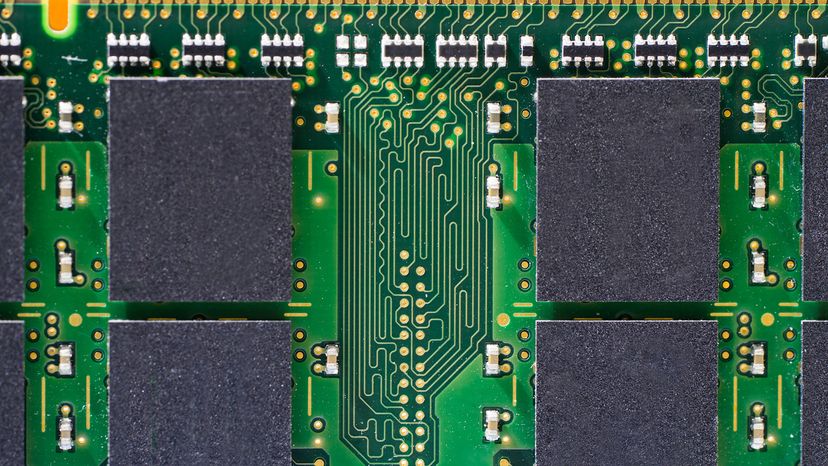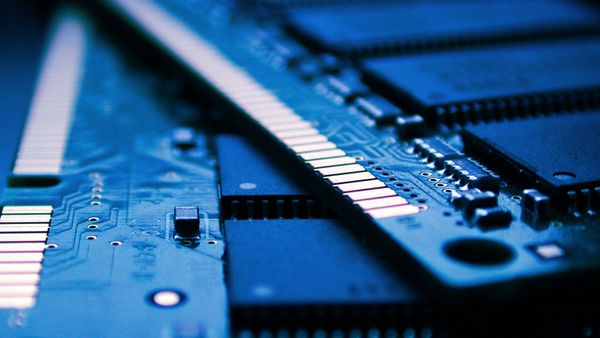Now that you know how much RAM you have, how much your computer can handle and the kind of RAM chip you need to buy for your machine, you'll need to purchase the new RAM modules and grab a couple of tools.
In most cases, you'll just need a small screwdriver. When in doubt, consult your PC's user manual.
Power Down
Before you make any modifications, make sure your computer is powered off and unplugged. If you're upgrading a laptop, it's a good idea to eject the battery before getting started.
Open your PC's case with your screwdriver and locate the section on your computer's motherboard that contains the RAM. Consult your user's manual if you need help. Some laptops even have a specific panel you can remove to change out RAM modules.
Before touching any components inside your computer, you need to discharge any static electricity you've built up. The elements inside your computer are very sensitive to electricity — if you were to hit them with a quick zap from your fingertips you could damage them.
But it's simple to discharge static electricity: You just need to touch something metal before continuing.
Remove Old Memory Modules
If you're replacing existing memory modules, you'll need to remove the ones currently in your PC. Many PCs use clips to hold RAM into place. If this is the case, gently lift the clips and remove the each module from its RAM slot, and then set them aside.
Install the New RAM
Next, take your new RAM out of its envelope. Be careful not to touch any of the metal connectors or circuitry on the module. Line up the module with the slot in your computer. Most PCs have a notch that will guide you so that you don't install the module incorrectly.
Gently press the module into the RAM slot. Once you've seated the module, you can close the clips, replace the cover of the PC and you're ready to go.
Power Up Again
Don't forget to replace the battery if you're working with a laptop. Plug in the PC, turn it on and check your system's RAM. If the updated information is correct, you're set!
If not, you may need to restart again. If you still have problems, you should turn off the machine, unplug it, open it up and check to be sure the module is properly seated.
That's all there is to it.
With more RAM, your PC will be able to run more applications at the same time without consulting your PC's hard drive. While you haven't increased your computer's processing speed, you've reduced the amount of time it needs to check for specific data. It's an easy and relatively inexpensive way to get more life out of your PC.

